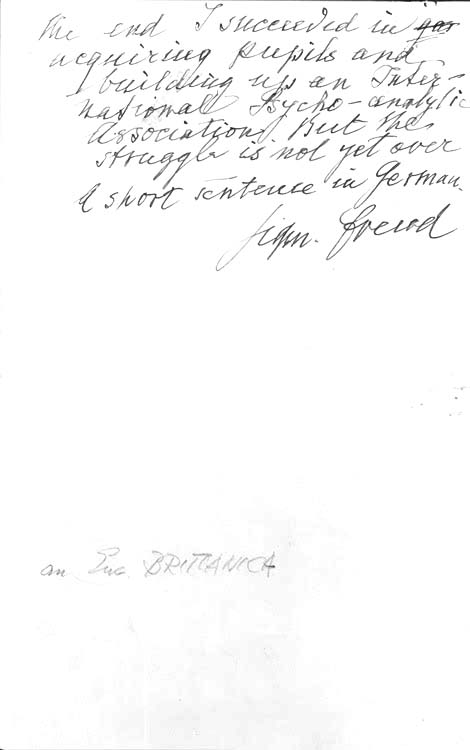Getting your gig shut down by the cops is always excellent publicity–just ask the Beatles. But there’s a world of difference between the 1969 rooftop concert and this June 7, 1977 boat party to publicize the Sex Pistols’ second single “God Save the Queen.” It shows how quickly the hippie dream of the ‘60s had curdled into the grim economics of mid-‘70s London, where race riots and police brutality, along with numerous national strikes, had made the UK fertile ground for the birth of punk.
This film above, low in quality but a marked improvement over other versions circulating, is the longest documentation yet of the infamous and antagonistic trip.
The brainchild of manager and provocateur Malcolm McLaren, the river boat ride was a satire of the Queen’s royal river procession that was due to take place two days later, celebrating the Queen’s Silver Jubilee. The flotilla was just one event in a jubilee year that had been going on since February. It was all pomp and ceremony, and many saw it as an insulting distraction from the real problems facing the country.
But there was the other reason, one that animated McLaren: The band had been dropped by EMI and then picked up by Virgin. The single had been banned and kept out of the official BBC charts and radio, despite selling enough to send it shooting up the charts. They were already controversial, and McLaren wanted to stoke that fire.
On board the Queen Elizabeth, the band and their manager, music press writers, fellow artists, punk fans, and a film crew directed by Julien Temple set off in the afternoon, with some publicly available beer to drink and some speed to do in secret.
Jon Savage, who would go on to write one of the seminal books about the Pistols and punk, England’s Dreaming, was on board and provides one of the best descriptions of the day:
The atmosphere on the boat was paranoid and claustrophobic, but also very exciting. They were by far the best I ever saw them that day. You can’t beat the Sex Pistols, jubilee weekend, “Anarchy in the UK,” outside Parliament.
While the sun was up and people milled about, it was just like any other relaxing cruise up the Thames. You can hear the lilt of reggae being played over the P.A. system. Also see some great photos from the day here.
But once the sun went down, the Sex Pistols were ready to rock, and so they did, blasting out a furious set, releasing a lot of built up tension, not just personally, but as Savage suggests, all the frustrations of that year.
It wasn’t long till the police surrounded the boat on the water and forced it back to dock, and then pulled the power. Despite protestations the party was over, and the police took out their own frustrations on a combative McLaren, beating the hell out of him before arresting him and carting him away. (The Pistols escaped in the chaos.)
(The video ends with a fascinating recording from Capitol Radio explaining why, despite being number one, the station can’t play the song.)
It was perfect theater for McLaren, who was always a Situationalist at heart. And along with the single it announced the mainstream arrival of punk music, despite the establishment’s protestations. Punk was never meant to last. And in a bizarre capper on events, the son of McLaren and punk fashion designer Vivienne Westwood set fire to around $8 million of punk memorabilia in 2016…on a barge in the River Thames.
Joe Corre, the man in question, explained it this way: “Punk was never, never meant to be nostalgic.”
Related Content:
The Sex Pistols’ 1976 Manchester “Gig That Changed the World,” and the Day the Punk Era Began
Ted Mills is a freelance writer on the arts who currently hosts the artist interview-based FunkZone Podcast and is the producer of KCRW’s Curious Coast. You can also follow him on Twitter at @tedmills, read his other arts writing at tedmills.com and/or watch his films here.










